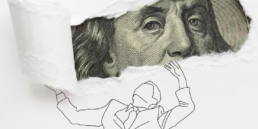Modern societies are organised around the assumption that we all think rationally. And it’s true to an extent: We can all think rationally – but we do not always behave rationally. So should we give up trying to understand ourselves? No. As irrational as our behaviour can be, it’s still perfectly predictable.
(And that includes you, predictably.)
A common – and perfect – example of predictable irrationality is your alarm clock: The you that sets the alarm at night can be very different from the you that has to respond to it in the morning. What was once called ‘weakness of will’ economists now call ‘time-inconsistent preferencing’ – a recognition that we can prefer one outcome in a low-stimulus (i.e. reflective) context, and a different outcome in a high-stimulus (i.e. tempting) context.

An extra 10 minutes in bed doesn’t make much difference to anyone, but systematically poor decision-making can cause serious problems especially when private risk has public consequences – climate change being one.
Consistent conflict between intention and outcome is one of the reasons why focus groups return fewer truths than behavioural testing, and the reason why we can predict your irrationality.
Importantly, part of good decision making is sticking to the choices made during low-stimulus context, as they are often based on positive outcomes – whether for us or for society (or both). Think gambling, losing weight, or stopping smoking.
Here’s the first 10 of 20 predictable irrationalities. Spot yourself anywhere in there?
1. Aversion to extremes: the tendency to avoid extremes, to prefer a choice simply because it is the middle-ground option. Consumers Avoid Extremes In Soda Sizes
2. Bandwagoning or herd instinct: the tendency to do (or believe) things simply because other people do.
3. Choice-supportive bias: the tendency to remember your own choices as better than they actually were.
4. Conservatism bias: the tendency to ignore the consequences and implications of new evidence.
5. Contrast effect: the tendency to perceive measurements of an object differently when comparing them with a recently observed contrasting object.
6. Distinction bias: the tendency to view two options as more dissimilar when viewing them together than when viewing them separately.
7. Endowment effect: the tendency to demand much more to give up an object than you would be willing to pay to acquire it. The Duke University basketball ticket experiment
8. Excessive temporal discounting: the tendency for people to have excessively stronger preferences for immediate gains relative to future gains.
9. Exposure effect: the tendency for people to like things simply because they are familiar with them.
10. Framing effects: the tendency to draw different conclusions based on how data are presented.(i.e. 600 people affected by a hypothetical deadly disease:
– treatment A saves 200 peoples’ lives
– treatment B has a 33% chance of saving all 600 people and a 66% possibility of saving no one.
Although these decisions are mathematically identical, 72% of participants chose option A, whereas only 28% of participants chose option B (Tversky & Kahneman, 1981).)
Don’t miss Part 2 – sign up to our RSS feed here
For more on this speak with us, or have a look at our capabilities
Also, as co-founders and supporters of the London Behavioural Economics Network, join the Meetup group and Facebook group for more details and events
Related Posts
August 13, 2023
Money (but not called that, and how it changes behaviour).
Advertising agencies make a lot of…
August 1, 2023
Reading ease is not as easy as all that – comprehension shows the way
It's easy to make text readable, right?…
July 20, 2023
The ‘Hollywood hello’ – and the importance of context when communicating
When communicating we all like to be as…




